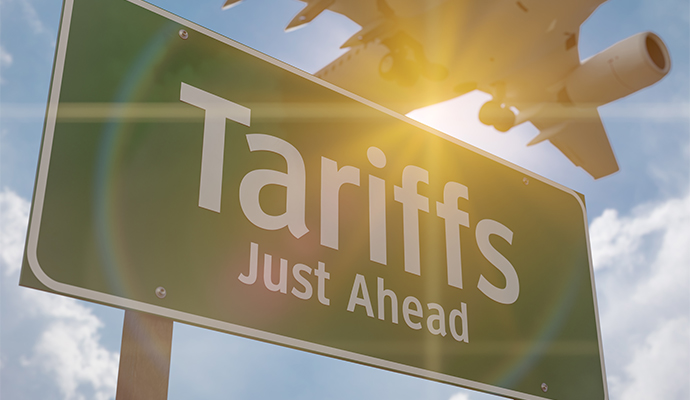Where are we now?
At this point the position is as follows:
US actions:
- The EU-US Joint Statement of 21st August 2025 setting out a “framework” of a deal.
- Following this the US issued an executive order which implemented a 15% rate on EU exports from 7th August 2025 (outside of the excluded list or specialised sectors such as steel and aluminium).
- An update issued on September 5th introducing: - an amended annex 2 covering products excluded from the reciprocal tariffs effective 8th September; - A new Annex 3 titled “Potential Tariff Adjustments for Aligned Partners” which covers products which are not available in sufficient quantities in the US such as aircraft and parts and generic pharmaceuticals and where the US has made agreements for same with “Aligned Partners”.
EU actions:
Proposals were introduced to reduce the duty rate on industrial products originating in the US to 0%. This is currently going through the Parliament and receiving a lot of negative feedback from the Socialist party in particular.
Not withstanding the above analysis it also has to be said that the rules, Executive Orders and White House Fact sheets change policies regularly. In addition the US tariff agreements are also subject to the EU implementation of its promises as set out in the Joint Statement generally; and the implementation of the 0% duty on industrial products. New threats from the US administration with regard to applying new tariffs in retaliation for the EU regulations on Tech Regulation and Taxes increase the uncertainty.
How does this affect exporters?
Irish Exporters now need to develop a new global strategy both with regard to their US exports and in relation to building global sales.
This means looking at both the current situation in the US market and developing sales in new markets through developing new market access opportunities.
For the US market companies need to assess where there products fall within the myriad of new regulations.
- For example: are they subject to the 15% flat tariff on sales or are they on the exclusion list (s).
- Are they subject to Section 232 National Security Tariffs for example relating to steel and aluminium? If so, how is this to be calculated and declared to US Customs?
- Will they potentially be subject to new S232 Tariffs, for example: under investigations for aircraft, pharmaceuticals, semiconductors?
Companies need to look at :
- Who is responsible paying for and absorbing the additional duties?
- Who is responsible if there is an error? We are seeing increasing fines and sanctions for incorrect classification, valuation and origin declarations.
- What is the origin of your goods under the Substantial Transformation rules ?
- What are the options for duty savings? For example: Is your Tariff Classification correct? Will this move you out of the dutiable headings and into the excluded headings?; Is there any reductions you can make to the Value declared for Customs? For example can you go back along the chain and use the First Sale for Export or can you unbundle costs from your value for Customs; Is the Origin of your goods correct or can your goods be argued to originate in a more favourable jurisdiction?
- Companies are also encouraged to look at developing new markets and taking advantage of possible product displacement in countries such as Canada.
The EU is actively developing new markets to enable companies diversify from the US and the Irish Government, in their Action Plan on Market Diversification have also championed this for Irish Companies.
In this regard, a number of supports have been rolled out by Enterprise Ireland to support companies in particular the Market Access Grant and new Markets validation grant.
As outlined above, there is a lot within the scope of the changes that companies will need to understand. Our advice to exporters therefore is to consider your wider Global Trade Strategy which encompasses an understanding of geo-politics, supply chain and security and global trade & customs along with International Tax and Transfer Pricing, Financial Management and Risk Management.
Content published in Finance Dublin Irish Tax Monitor
